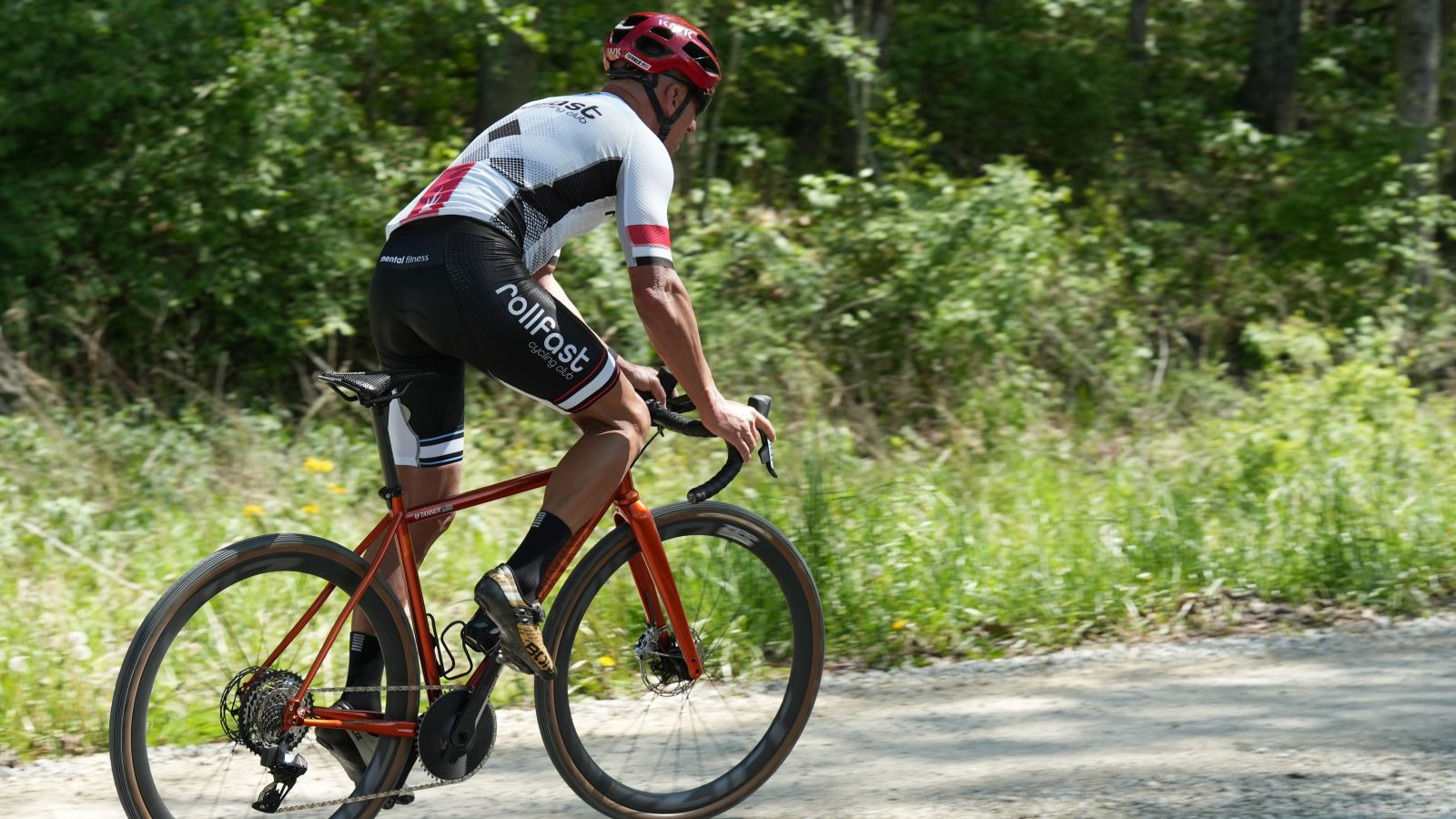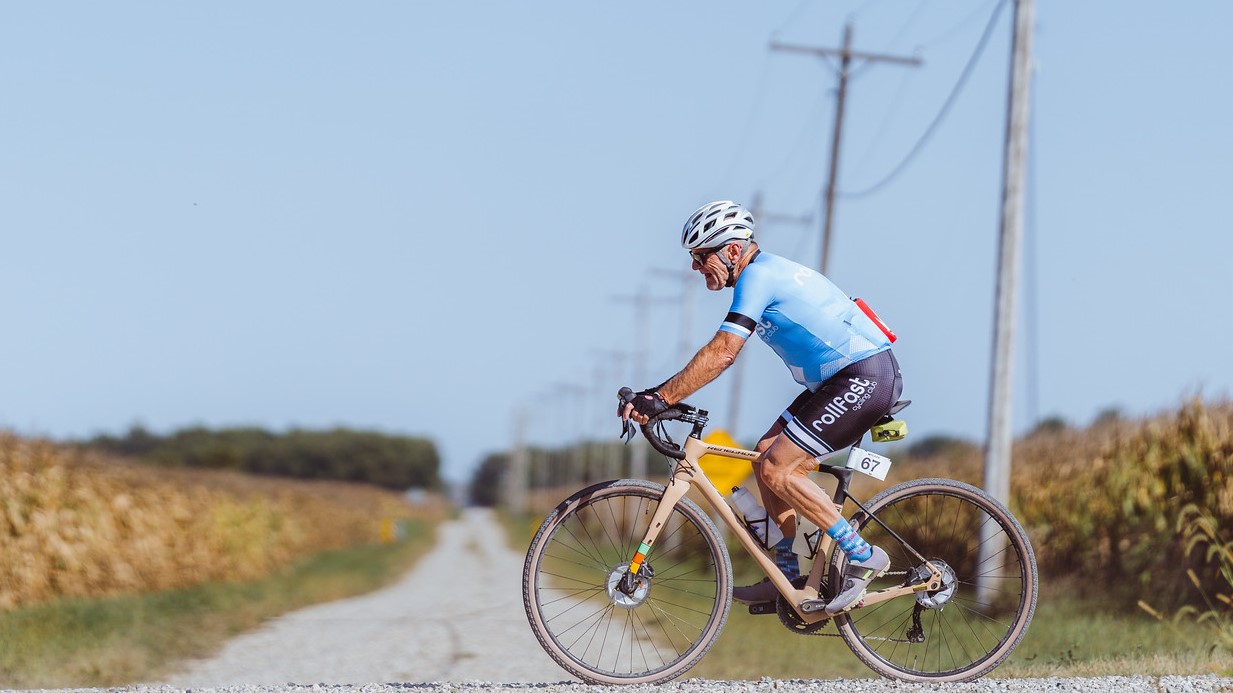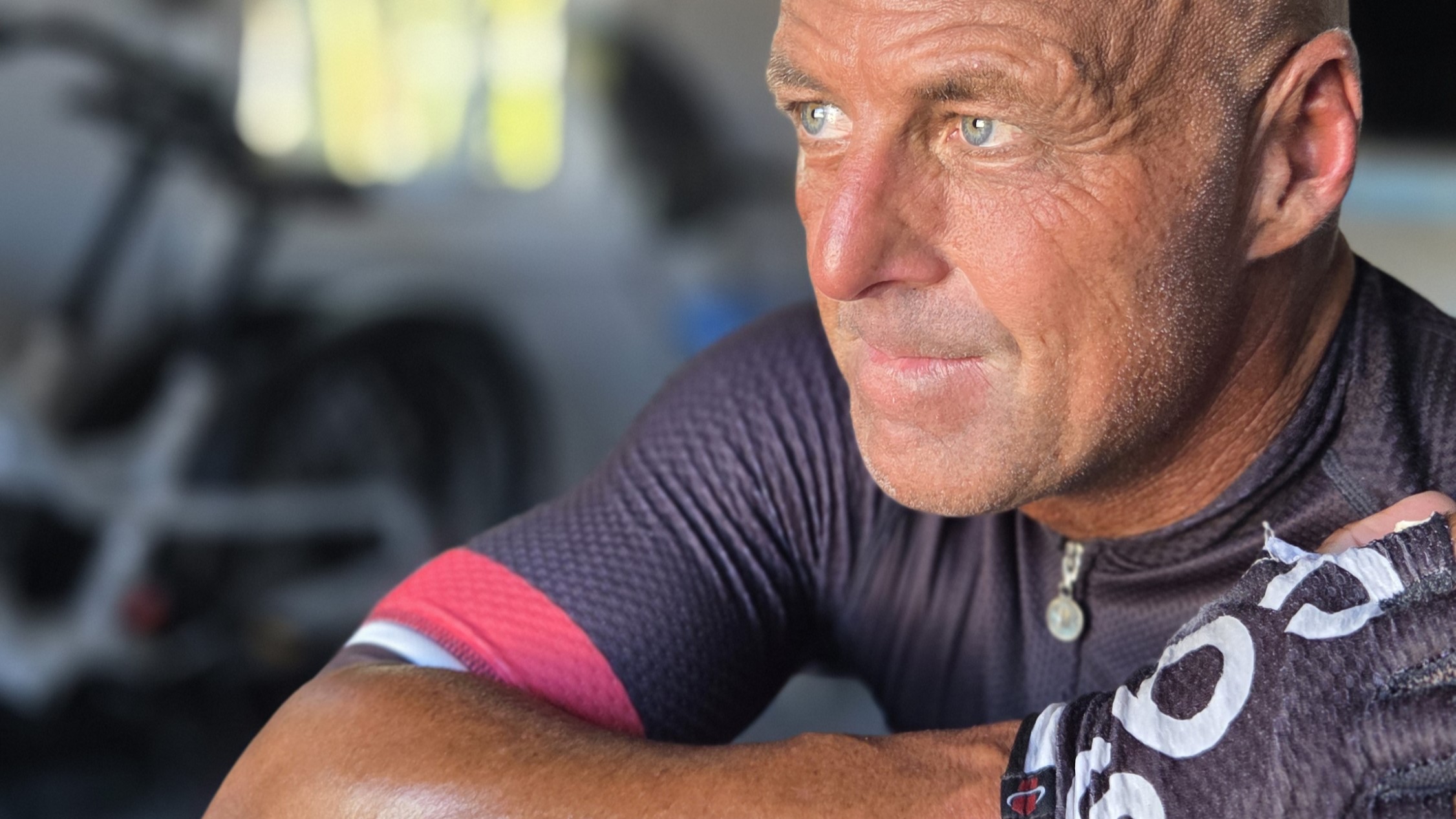The Power of Standing: Mastering Your Out-of-the-Saddle Technique
Standing is a critical skill for any cyclist, yet it’s often overlooked or performed inefficiently. Mastering your out-of-the-saddle technique is not just for climbers; it’s a strategic tool for every rider. At Rollfast Coaching, we focus on combining high power with high cadence to give you an edge. With the correct technique, you can use your body weight to your advantage, creating what feels like “free power” and ultimately contributing to our core pillars: Ride Faster, Be Stronger, and Live Longer.
The “Why”: Seven Key Reasons to Stand
Standing is a versatile and powerful tool. Here are seven strategic reasons to get out of the saddle:
- Increase Power: Proper technique allows you to efficiently add your body weight into the downstroke, creating a more powerful pedal stroke with less effort from your legs.
- Improve Balance on Steep Terrain: As a climb steepens, standing moves your weight forward, rebalancing your center of gravity for better stability and control. This puts you back over the pedals for a more efficient stroke.
- Gain Leverage: By shifting forward, you can improve your angle over the cranks, resulting in more power and speed.
- Accelerate Faster: The combination of added body weight and leverage allows for a faster and more efficient power transfer, helping you accelerate more quickly.
- Build Speed Over Crests: Finishing a climb strong is crucial. Standing helps you carry as much speed as possible over the top, where your effort pays the biggest dividends.
- Control Your Effort: On very steep sections, standing with a lower cadence allows you to add your body weight to the effort, which can help you stay within your desired power zones.
- Gain Speed Out of Corners and Switchbacks: Use switchbacks not to recover, but to build speed. Standing allows you to significantly increase your speed out of each turn, which makes the rest of the climb feel easier and faster.
The “How”: Proper Standing Technique
Learning the correct form is crucial for efficiency and power. The most common mistake is a bobbing, up-and-down motion. The correct technique is a smooth, side-to-side motion that drops your body weight into each downstroke.
- Timing: Your shoulders should move to the side of the downstroke, arriving right at the beginning of it—the “1 o’clock” position when looking at your cranks.
- Center of Gravity: When standing for power, your center of gravity should be forward. On a climb, your chest should be over the stem. For accelerations, it should be even more forward.
- Hands and Core: Place your hands on the hoods with a firm grip. Your core should be engaged by bringing your elbow in toward your body on each upstroke.
- Feet: Support your body weight on the balls of your feet. Drive the pedal down with your heel up and toes pointed down, then curl through the bottom of the stroke and pull your heel up using your hamstrings, glutes, and calves.
The Rollfast Connection: From the Gym to the Road
Mastering your standing technique is only part of the equation. As I learned during my time at Bulletproof Fitness, this on-bike skill is directly supported by targeted strength work in the gym. For years, I struggled with back pain on climbs. This changed when I started doing back extensions, weighted side bends on the back extension machine, and knee-ups. These movements strengthened my core and posterior chain, eliminating my back pain and allowing me to ride more powerfully and comfortably than ever before. This is the essence of our Be Stronger pillar, and it’s a key reason why we integrate specific off-bike strength work into our coaching plans.
Standing and Cadence: Your Two Gears for Speed and Control
Using cadence strategically is your second key to unlocking power.
- High Cadence for Acceleration: A high cadence (80+ rpm on climbs, 85+ rpm on flats) is the key to an effective acceleration. Like a car in an easy gear with high RPMs, a higher cadence allows your bike to accelerate rapidly. Use it to close a gap, attack, or sprint.
- Low Cadence for Control and Torque: On steep climbs, a low cadence (50-70 rpm) helps you maintain high torque on the crankset, which keeps your bike moving forward and helps you control your effort. It’s also an excellent way to train on-the-bike strength and improve your pedal stroke.
Practice Your Technique
Consistent practice is required to become efficient and effective. Work on these techniques both on the indoor trainer and outside on the road. On the trainer, use a mirror or your phone’s camera to get real-time visual feedback on your side-to-side motion.
If you’re ready to master your standing technique and integrate a complete strength program into your training, let us know in the comments below. We’d love to hear your thoughts, or you can contact us to become a coached athlete and build your strongest foundation yet.






